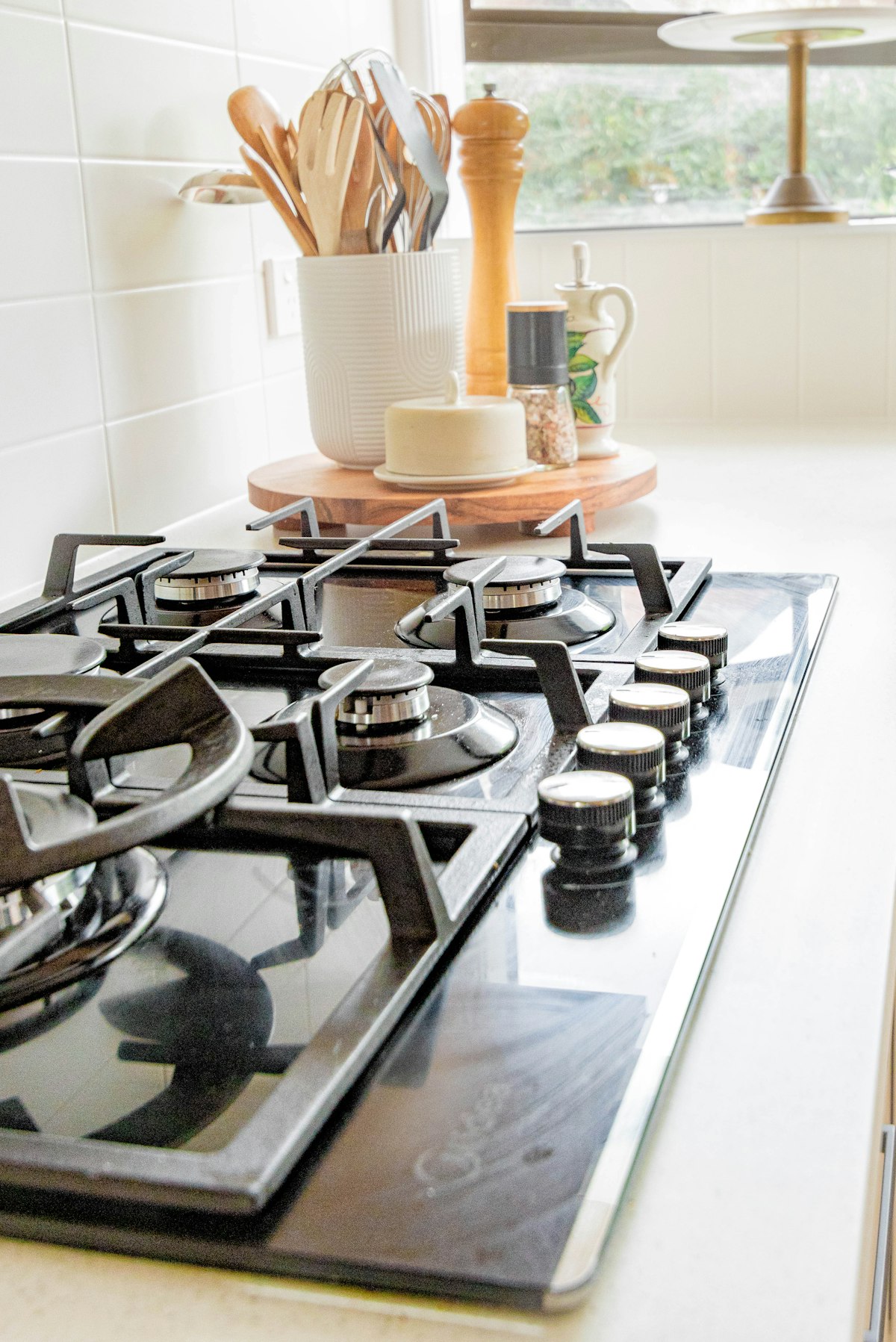
Gobar gas stove-Why gobar gas? Gobar gas, also known as biogas, is the mixture of gases generated by the natural breakdown of organic matter in the absence of oxygen.
In this article, we will talk briefly about what gobar gas stoves are and how they differ from LPG gas stoves. We will also discuss the convenience of the gobar gas stove.
It’s a clean-burning fuel that can be used to cook food, heat water, and even generate electricity. This gobar gas stove guide will help you understand what gobar gas is and why it can be more sustainable than other fuel sources to power your home.
When used to heat water or cook food, this fuel can be a cleaner and greener alternative to traditional fuels like liquefied petroleum gas or kerosene. It can also improve your family’s health by eliminating the risk of indoor air pollution caused by smoke from traditional stoves and kerosene lanterns.
Biogas stove technology | Gobar gas stove technology
Biogas stoves are typically single or double burner stoves, which have varying gas consumption rates, depending on the pressure provided by the biogas plant and the diameter of the inlet pipe. The burner itself has several parts, including the jet, which is carefully sized to influence power output. Biogas needs less air for combustion as compared to other gases.
Biogas stoves are used for cooking food. They contain valves, burners, and pipes. Stoves running on biogas typically need the right amount of oxygen to be mixed in with the gas, which is done before it’s burned inside the stove. However, biogas stoves cannot provide all the cooking energy necessary for larger households with more than three people. Because it works on low gas pressure systems.
Advantages and disadvantages of using gobar gas stove
Using a gobar gas stove can seem to be a good option if you have access to gobar gas. But along with the advantages it also has some disadvantages. Let’s check it out to know in detail.
Advantages of biogas stove
1-Gobar gas stoves provide instant heat upon startup with no pre-heating or waiting for.
2-Ever wonder what a biogas stove does differently from a normal stovetop? In most models, the flow rate can be regulated to turn down the fire-power from high heat to small low heat for simmering.
3-Gobar gas burns very cleanly without leaving any residue
4-Using biogas will also reduce the greenhouse gases you produce by reducing the amount of pollution produced from burning coal and natural gas.
Disadvantages of biogas stove
1- Setting up biogas plant investments can be expensive and can cause investment difficulty for home use.
2-Cultural rules might limit the acceptance of handling dung or feces and their use for cooking.
3-Cooking with a biogas stove can be a challenge for the average Indian kitchen, as they have to change their cooking habits in order for it to work. Their old gas stoves work just fine, so they have little incentive to try something new.




Be the first to comment